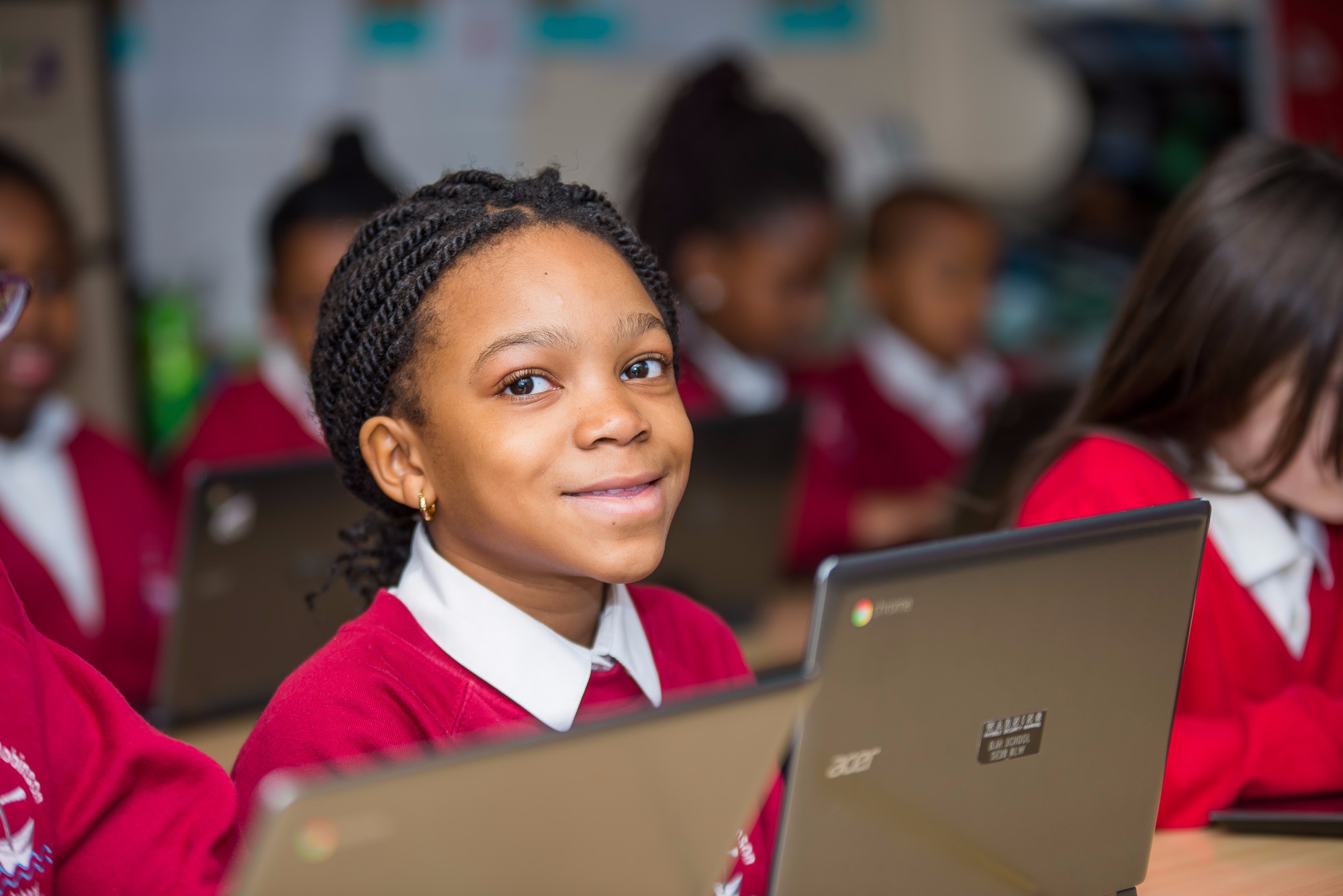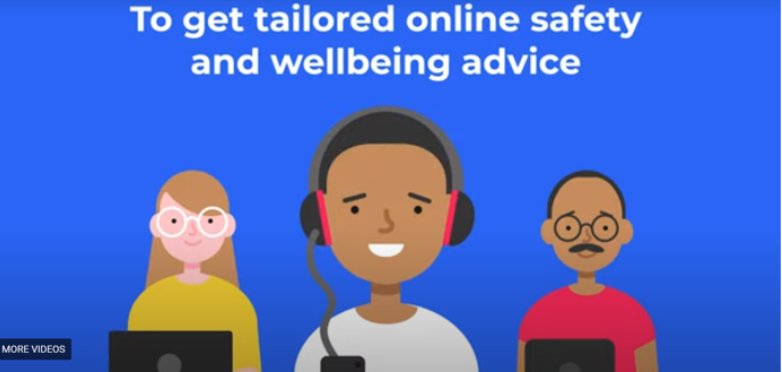Computing and E-Safety

Computing Intent
Our computing curriculum is designed to be the foundation for a journey into a digital future—one that is constantly evolving and not yet fully imaginable. To prepare pupils for this world, the separate elements of computing (computer science, information technology and digital literacy) must be covered through a curriculum that builds essential skills, knowledge, and understanding.
We aim for our pupils to be informed, responsible participants in the digital age. With technology playing such a central role in daily life, we strongly emphasise teaching vital e-safety principles to help children navigate online spaces safely and confidently.
Our curriculum covers a broad and balanced range of topics, with clear progression across year groups. As students progress through each key stage, they deepen their understanding and grow from passive users to active digital content creators.
E-Safety
Checklist for Parents and Carers
We recommend 'My Family's Digital Toolkit' to get advice based on what your child does online.

This checklist highlights the steps you should take in order to manage any child who uses digital technology in its various forms. The list is by no means definitive but is meant to serve as a starting point for a conversation with your child.
- Don’t be afraid to set boundaries for your family in the digital world as you would do in the real world
- Get comfortable with the technologies your son or daughter enjoys – challenge them to a game on the Xbox or PlayStation.
- Converse with your child to understand what they post and share online and help them understand that once something has been submitted, it can be seen by anyone and is available on the web forever even if the photo/video/comments are taken down/deleted.
- Learn some tips from your friends and family how they support their child using technology – you might be surprised by their experiences
- Social networking websites, games consoles and search engines all have Parental Controls/Tools that can assist you in locking down features of the technology to make it more child friendly.
- Ensure that you have conversations about all the incredible benefits that technology can bring but don’t shy away from difficult subjects like responsible online behaviour, bullying and pornography
- Expensive technology can make your child a target of criminals so remind them to keep any device well hidden to minimise the risk of theft
- Remember that services such as Facebook and YouTube require the individual to be at least 13 years of age
- Keep your computer in a shared area - Talk to your child about what they are doing online and, if possible set up your computer in a shared area at home so that you can all share in the wonderful sites that are available online.
Some links to more e-safety information:
- TikTok - Parents fact sheet.
- Think U know - containing internet safety advice for those aged from 5 to 16, along with parents and teachers, this site is produced be CEOP (the Child Exploitation and Online Protection Centre).
- Internet Safety Zone - Look in the 'Under 13s' section for useful safety advice and information.
- Kidsmart - An award-winning internet safety programme for children.
- Facebook Privacy Controls
- You Tube
- If you need more help with Internet Safety, or if you wish to report a problem to CEOP, click the button below.

